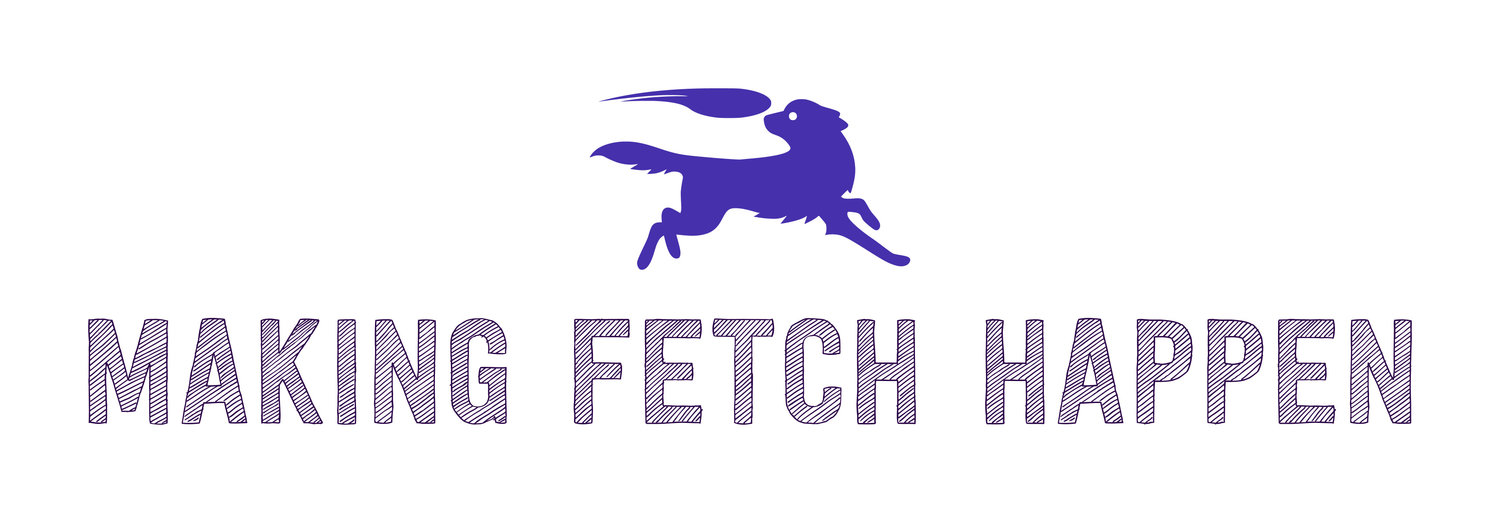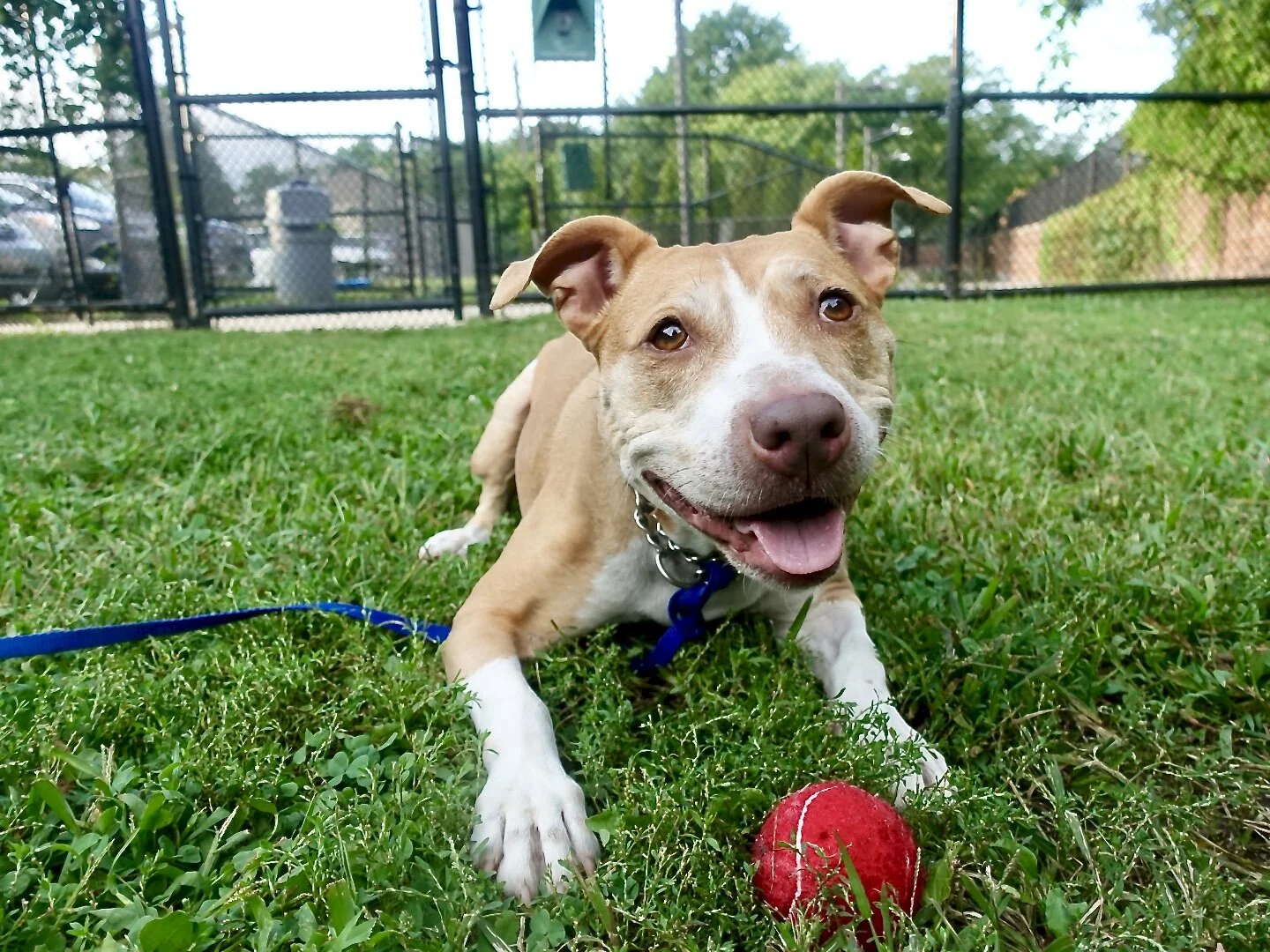Shaping—A Game of Hot and Cold
/Have you ever wondered how people teach their dogs to fetch a TV remote? Do you wish your pup could open the fridge to retrieve a cold beer? The answer is easier than you might think. It all starts with clicker training—brush up on your skills here!
Once you’ve got the basics of clicker training down, the sky is the limit. With the right reinforcer—whether that’s string cheese, lunchmeat, or a squeaky tennis ball—you can teach your dog almost anything. Before we get started, the most important thing to recognize is that each individual dog determines the value of a reinforcer. A given reward will only increase the desired behavior if your dog actually finds it rewarding. While some dogs will work for kibble, others might need freeze dried liver treats to get their heads in the game.
Once you’ve identified effective reinforcers for your dog, it’s time to load the clicker. Begin to click and treat for desirable behaviors your dog offers—sit, touch, even eye contact. Once your dog associates the click with the delivery of a treat, pick an attainable goal for your session. When teaching your dog a new behavior, you’ll rely on shaping. Shaping breaks down a behavior into small steps that can be individually reinforced. Each incremental approximation builds until the dog is practicing the full behavior. For example, in the case of a dog fetching a TV remote, shaping might look like:
Dog approaches remote ——> Dog picks up remote ——> Dog carries remote to you ——> Dog drops remote
The difference between shaping and luring—using food to position a dog—is that shaping relies on the dog offering behaviors on his own. Driven by the promise of reward, the dog tries different behaviors and repeats those that you reinforce, eventually establishing a new behavior. Because retrieving a TV remote is probably not something that your dog already associates with reinforcement, you’ll likely need to shape even smaller steps than the simplified version above. Clicking and treating your dog multiple times for each step communicates to him that he’s on the right track. Thus, shaping will look more like:
Dog approaches a specific area ——> Dog sniffs objects in that area ——> Dog sniffs remote ——> Dog puts mouth on remote ——> Dog picks up remote ——> Dog carries remote around ——> Dog approaches you with remote ——> Dog allows you to reach for remote ——> Dog drops remote
It’s essentially an elaborate game of “hot and cold.” To your dog, the click says “warmer,” and the absence of a click says “cold, try something else.” Just like in the children's game, don’t wait to communicate with your dog until he’s “on fire.” Each approximation keeps him interested and plays a key role in building the bigger picture.
As you explore the exciting world of shaping, just remember that learning takes time. Try to keep training sessions short and sweet—you can always pick up where you left off. As long as you follow a plan and communicate effectively with your pup, the possibilities are endless. Now go have fun and don’t forget to comment the new things you and your dog have learned!





